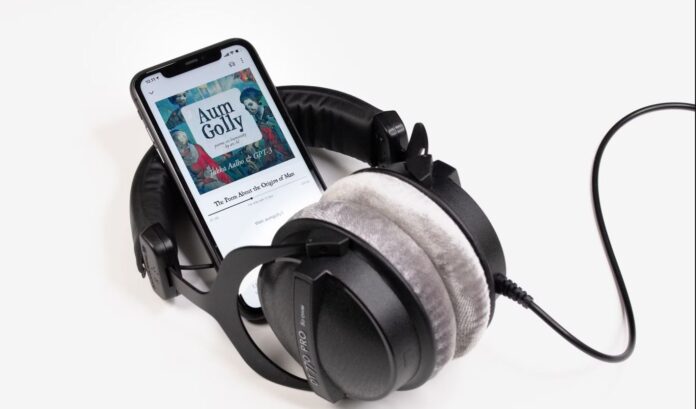In the world of digital audio, choosing the appropriate bitrate is crucial for achieving the perfect balance between audio quality, file size, and bandwidth requirements. Whether you’re encoding music, streaming podcasts, or broadcasting audio content, selecting the optimal bitrate ensures that your audience enjoys an immersive and high-quality listening experience. In this comprehensive guide, we’ll explore the factors to consider when choosing audio bitrates and provide practical tips for making informed decisions tailored to your specific needs and preferences.
Factors to Consider When Choosing Audio Bitrates
1. Audio Content Type: The type of audio content you’re working with significantly influences the bitrate requirements. For high-fidelity music recordings or audio productions with intricate arrangements, such as classical music or audiobooks, higher bitrates are preferable to preserve audio fidelity and dynamic range. On the other hand, spoken-word content like podcasts or voice recordings may suffice with lower bitrates without compromising perceptible quality.
2. Listening Environment and Equipment: Consider the listening environment and playback devices used by your audience when selecting audio bitrates. High-quality headphones, speakers, or audio systems can reveal subtle nuances and details in audio recordings encoded at higher bitrates. Conversely, lower-quality playback devices or noisy environments may not benefit significantly from higher bitrates, making lower bitrates a more practical choice.
3. Available Bandwidth: When streaming audio content over the internet, available bandwidth plays a crucial role in determining the optimal bitrate. Higher bitrates require more bandwidth to transmit audio data efficiently, making them less suitable for streaming over low-bandwidth or mobile networks. Assess the capabilities of your audience’s internet connections and adjust bitrate settings accordingly to ensure smooth streaming without buffering or interruptions.
4. File Size Considerations: Balancing audio quality with file size is essential when encoding or storing audio content. Higher bitrates result in larger file sizes, which may pose challenges for storage, distribution, or bandwidth consumption. Evaluate the storage capacity of your hosting platform, streaming service, or target devices, and choose bitrate options that strike the right balance between audio quality and file size without exceeding storage limitations or bandwidth constraints.
Practical Tips for Choosing Audio Bitrates
1. Experiment with Different Bitrate Settings: Test various bitrate settings and compression formats to find the optimal balance between audio quality and file size for your specific needs and preferences. Use blind listening tests or ABX comparisons to evaluate perceptible differences in audio quality across different bitrates and choose the setting that best meets your requirements.
2. Consider Variable Bitrate (VBR) Encoding: Variable bitrate (VBR) encoding dynamically adjusts the bitrate of audio files based on the complexity of the audio content. VBR encoding allocates more bits to complex audio passages with intricate details and fewer bits to simpler passages with less detail, optimizing file size without compromising audio quality. Consider using VBR encoding for optimal efficiency and flexibility in audio compression.
3. Utilize Streaming Service Recommendations: Streaming services often provide recommended bitrate settings for audio content based on their platform requirements and audience preferences. Consult the guidelines and recommendations provided by your chosen streaming service to ensure compatibility and optimal performance when uploading or streaming audio content.
Conclusion
In conclusion, choosing the right audio bitrate is a critical decision that directly impacts the quality, file size, and bandwidth requirements of your audio content. By considering factors such as the type of audio content, listening environment, available bandwidth, and file size considerations, you can make informed decisions tailored to your specific needs and preferences.
Whether you’re encoding music, streaming podcasts, or broadcasting audio content, selecting the optimal bitrate ensures that your audience enjoys an immersive and enjoyable listening experience, enhancing engagement and satisfaction across all audio platforms.
Write and Win: Participate in Creative writing Contest & International Essay Contest and win fabulous prizes.

















